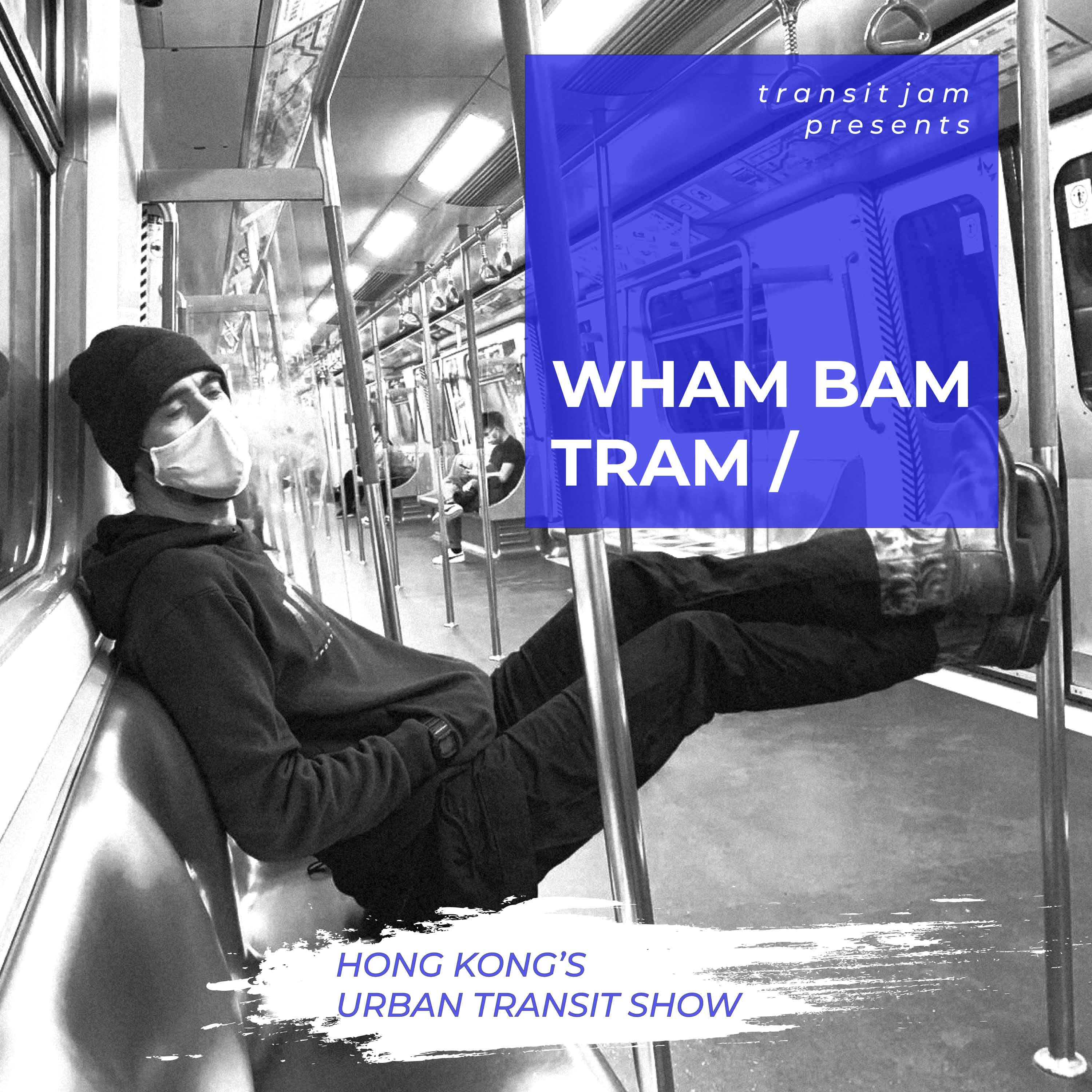
The reality of the new segment, as captured by popular YouTuber Chris HKDiary

The new track segment passes through some beautiful scenery and countryside (photo: government handout)
As a key segment in the linking of New Territories cycle tracks goes live tomorrow, the network as a whole is a “missed opportunity” according to the chairman of Hong Kong’s biggest cycle advocacy group, falling far short of originally proposed plans, lacking the spur routes that gave the plan a “backbone” and making only a limited difference in supporting cycling as a day-to-day mode of transport in the region.
The government will inaugurate the 11km Yuen Long to Sheung Shui track for public use tomorrow morning, marking the completion of the 60km-long cycle track between Tuen Mun and Ma on Shan and completing a major piece of the New Territories Cycle Track Network (NTCTN).
But Martin Turner, Chairman of the Hong Kong Cycling Alliance (HKCAll) and a campaigner lobbying for improved network design since 2006, says government planning of the route did not consider cycling as a mode of transport and the resultant network fails to serve local bike users as well as it should.
“This cycle track wasn’t designed for locals to get around their own neighbourhood,” he says.
“Absent throughout the NTCTN process has been any consideration of serving people who want to travel by bike – whether going to work or school, shopping, socialising or connecting with MTR stations, either currently or potentially. At the planning stages, from 2007, HKCAll urged consideration of access to the track from residential estates and other population areas, but we were firmly told that the remit was solely as a leisure facility.” In the rural NW New Territories, 38% of households have bicycles available for use.
Turner says HKCAll welcomes new facilities designed to encourage cycling, but the planning and implementation have been disappointing. “At the time the New Territories Cycle Track Network was planned, government policy was: ‘we do not encourage members of the public to commute to their places of work by cycling.’ Today, Transport Department’s policy has hardly changed, allowing only an acceptance of ‘short-distance commuting in the new towns’, by which is meant on the cycle tracks, with scant consideration for the many people who already cycle to get around, all over Hong Kong, let alone encouraging greater cycling take-up.”

A new 11km New Territories Cycle Track Network segment opens tomorrow but advocates say the wider project fails basic local neighbourhood transport (photo: government handout)
He says the project failed to deliver the continuous route that CEDD committed to in 2008, free of discontinuities and unnecessary dismount requirements. “We were promised that lessons had been learned from the deficiencies of existing tracks and this project would be of a much higher standard,” he said, noting that the excessive use of mandatory dismount signage at minor side turns and lot entrances was highlighted and criticised by the Audit Commission in 2014.
With tomorrow’s opening, the government’s long-promised continuous east-west cycle track network in the New Territories is finally realised, as cyclists can now ride the 60 km from Tuen Mun to Ma On Shan. The sections from Sheung Shui to Ma On Shan and from Tuen Mun to Yuen Long were opened in 2014 and 2016 respectively, while the 22km Tsuen Wan to Tuen Mun section is still on the drawing board.
Since the inception of the NTCTN, the government has held a firmly “leisure only” view of bike riding. “Imagine, after a busy week of tiring work, spending weekend riding bicycles with your friends and family members in the rural areas enjoying the fresh air and the beautiful scenery,” it said in a 2006 brochure advertising the new track, before promising “rapid implementation of the proposed works”.
Fourteen years later, with the network still incomplete, Turner says the project is a major disappointment. “It’s way shorter than the originally promised 120 km, losing all the interesting spur routes, years behind schedule, and of a quality that fails to correct past mistakes, meaning that take-up by functional and leisure cyclists will be much less than we hoped for. In many ways, it’s a missed opportunity,” he says.
Categories: Transit






The article talks about the route’s missed opportunity as a transport facility for people mentions it only serves as a leisure facility. A few weeks ago I took the opportunity with a number of friends to try out the new route prior to opening. Our experience was that even as a leisure facility the track has a number of points for improvement:
1. The track is used by pedestrians who often have no idea that they are actually walking on a cycling route. It would not surprise me if this leads to accidents sooner rather than later. A bell is a necessity when using the course.
2. Crossings and turning points are made into choke points by putting plastic poles on the track. This may make it safer for pedestrians but it makes it more dangerous for the cyclists who are using the track.
3. Beginning & End points of track parts are marked by ledges resulting in a safety hazard.
4. The material used for the track, when wet, is remarkably slippery.
In summary, the track is a good attempt. Perhaps with the involvement of cyclists themselves the above points could have been (or still can be) addressed.
Hi dvdh
Here at Hong Kong Cycling Alliance we are disappointed that the issues you highlight, which we raised with authorities 13 years ago in relation to this project, and repeatedly since, remain unresolved in this latest implementation of what should be a marvellous asset for Hong Kong. The facility had the potential to serve Hongkongers from the locality and beyond, and to attract tourists to visit and spend in less visited areas.
At root, this comes from a failure to embrace and understand what cycling can contribute to Hong Kong.